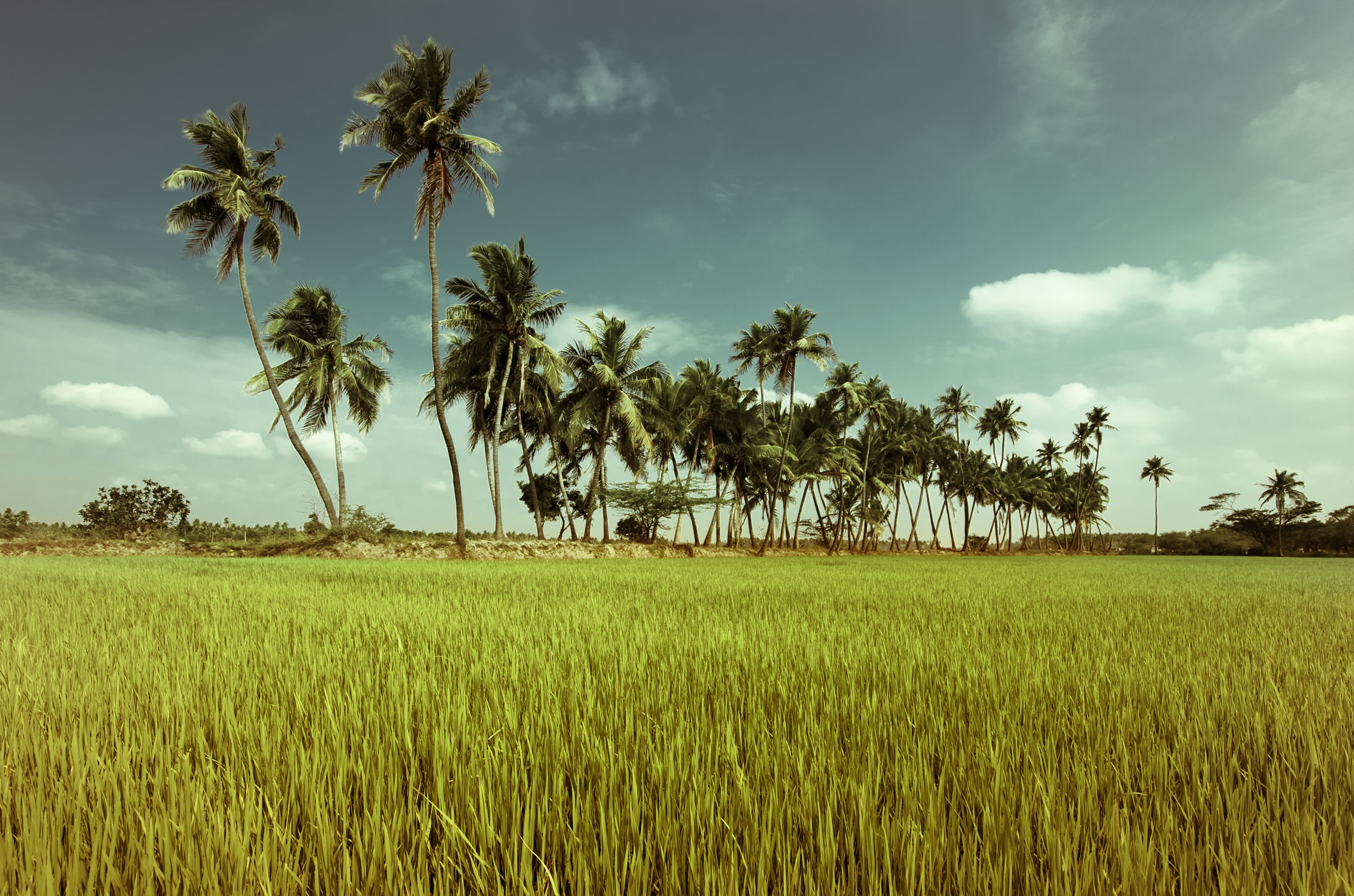Togo’s compact geography, vibrant culture, and dramatic natural settings make it one of West Africa’s most rewarding destinations for travel photography—offering everything from lively street scenes and traditional ceremonies to wild beaches, national parks, and intimate portraits.
Understanding Togo’s Photographic Potential
- Diversity of Subjects: Capture daily life, crafts, ceremonies, landscapes, wildlife, and contemporary city scenes—all within easy reach.
- Landscape: From palm-lined beaches to misty mountains, lush forests to savanna, each region offers a unique palette and mood.
- People: Warm, welcoming, and expressive, Togolese communities offer meaningful portraits and candid moments—always ask before photographing individuals or groups.
Diverse Photography Themes
- Cultural & documentary: ceremonies, markets, craftspeople, musicians, festivals
- Nature & landscape: beaches, mountains (Mount Agou), savanna, parks (Fazao-Malfakassa)
- Street & urban: Lomé’s Grand Marché, colonial architecture, vibrant street life
- Wildlife: elephants, birds, insects, macro shots in parks
- Architecture: traditional compounds, colonial-era buildings, new cityscapes
Technical & Practical Tips
- Lighting: Work around harsh tropical sunlight—shoot at golden hour, use fill flash or reflectors, and embrace dramatic shadows and contrasts.
- Protection: Dust, heat, humidity—pack lens wipes, silica gel, weatherproof covers, and a backup memory card.
- Power: Bring spare batteries and power banks—electricity can be limited on long excursions.
- Backup: Use portable drives or upload when you can—don’t risk losing irreplaceable images.
- Travel light but versatile: Wide angle for landscapes, telephoto for wildlife, fast prime for low light and portraits.
- Tripod: Useful for night/low light, but a beanbag or monopod is less bulky if you’re moving a lot.
Cultural & Ethical Photography
- Consent: Always ask permission before photographing people, especially at ceremonies, in markets, or private settings.
- Cultural Sensitivity: Respect religious and ceremonial restrictions. If in doubt, ask your guide or a local contact.
- Reciprocity: Show photos, offer small prints or a tip (where appropriate), and thank your subjects.
- Representation: Avoid stereotypes—capture authentic moments, show dignity and individuality.
- Collaboration: Let your subjects see your work and, if possible, share or send them a copy later.
Special Subjects
- Festivals: Dress modestly, avoid blocking participants, and respect areas where photography isn’t allowed.
- Markets: Ask vendors, be discreet, and capture the color and life without intruding.
- Religious Sites: Follow posted rules and local advice—some places are off-limits for photography.
- Crafts: Show the artistry and respect the makers’ wishes about documentation.
- Music & Dance: Use fast shutter speeds for action, but don’t disrupt performances.
Landscape, Nature & Wildlife Photography
Beaches & Coast
- Sunrise/sunset: Atlantic coast offers incredible colors—plan your shot!
- Fishing villages: Capture early morning activity, boats, and authentic coastal life.
- Wildlife: Watch for birds, sea turtles, and marine life.
Mountains & Highlands
- Mount Agou: Misty mornings, panoramic views, and village life on the slopes.
- Waterfalls & forests: Use slow shutter for motion blur in streams, but keep gear protected from spray.
- Villages: Respect privacy, but capture community life and traditional architecture.
National Parks & Wildlife
- Fazao-Malfakassa: Elephants, antelope, forests—best light at dawn/dusk.
- Birds: Telephoto lens essential for diverse species.
- Macro: Insects, flowers, and textures—look down as well as up!
Urban & Street Photography
- Lomé’s Grand Marché: Bustling market scenes, fabrics, vendors, and daily life.
- Colonial & Modern Architecture: Old post office, cathedrals, new glass towers—show the city’s evolution.
- Street Life: Candid moments—laughter, conversation, color, and movement.
- Culture: Museums, galleries, street art, and performances offer lively, creative images.
Technical & Creative Skills
- Golden hour: Warm light for landscapes and portraits
- Composition: Use leading lines (roads, rivers, fences), frame subjects with doors/windows, play with foreground elements
- Contrast & Color: Embrace Togo’s bold colors—balance with careful exposure
- Depth of field: Use wide apertures for portraits, closed down for sweeping vistas
- Motion: Freeze action or show blur for movement in music/dance and waterfalls
- Black & white: Try for street/portrait work—emphasize emotion, texture, and form
Post-Processing, Backup & Sharing
- RAW files: Best for flexibility—correct color, exposure, and detail later
- Respectful edits: Don’t distort reality or misrepresent people/culture
- Backup: Two copies—on a drive and online/cloud if possible
- Ethical sharing: Always credit and respect wishes of your subjects; promote positive images of Togo
Photography in Togo can be transformative—both for the photographer and the communities you document. Practice respect, patience, and curiosity, and you’ll come home with images (and memories) that tell the true story of West Africa.
